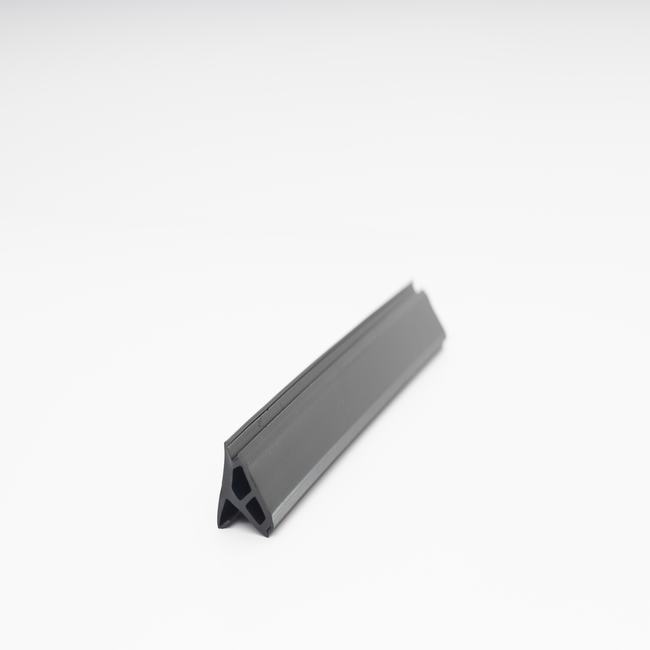GRP (Glass Reinforced Plastic) pipe seals, also known as fiberglass-reinforced plastic pipe seals, play a crucial role in ensuring the integrity and efficiency of pipe systems. These seals are engineered to provide reliable sealing solutions in various industrial, municipal, and commercial applications where GRP pipes are employed. This comprehensive description will delve into the key aspects and functions of GRP pipe seals:
1. Composition and Structure: GRP pipe seals are typically composed of high-quality composite materials that combine resin with layers of glass fiber reinforcement. These materials offer an excellent balance of strength, durability, and chemical resistance. The seals are designed to fit snugly into the joints of GRP pipes, creating a secure and leak-free connection.
2. Sealing Function: The primary purpose of GRP pipe seals is to ensure a tight and long-lasting seal between pipe sections or pipe fittings. They prevent the escape of fluids, whether it be water, chemicals, or sewage, ensuring that the system operates efficiently without leakage.
3. Versatility: GRP pipe seals come in various shapes and sizes, making them versatile and adaptable to a wide range of pipe diameters and configurations. Common seal types include rubber gaskets, o-rings, and compression seals.
4. Chemical Resistance: GRP pipe seals are highly resistant to a wide spectrum of chemicals, acids, and corrosive substances. This makes them suitable for use in aggressive environments where the integrity of the seal must be maintained over time.
5. Temperature Tolerance: These seals exhibit excellent temperature resistance, capable of withstanding both extreme heat and cold. Whether in high-temperature industrial processes or sub-zero conditions, GRP pipe seals maintain their sealing performance.
6. Mechanical Strength: GRP pipe seals possess robust mechanical properties, allowing them to withstand pressure, stress, and movement in pipe systems without compromising their sealing effectiveness. They are designed to endure the rigors of underground installations and heavy-duty applications.
7. Durability: GRP pipe seals are known for their long service life. They are resistant to wear, tear, and deterioration, ensuring that pipe joints remain secure and leak-free for extended periods.
8. Water Tightness: Maintaining water tightness is crucial in many applications, such as sewage systems, drainage, and water treatment plants. GRP pipe seals excel in these scenarios by preventing leaks and protecting against contamination.
9. Easy Installation: Installing GRP pipe seals is generally straightforward. They are designed for ease of use and can be fitted into pipe joints by following simple installation guidelines. This reduces installation time and labor costs.
10. Environmental Considerations: GRP pipe seals are often chosen for their environmental benefits. They are non-corrosive, non-toxic, and non-reactive, contributing to the protection of both the pipe system and the surrounding environment.
11. Industry Applications: GRP pipe seals find application in a wide range of industries, including wastewater treatment, chemical processing, oil and gas, agriculture, infrastructure, and municipal utilities. They are essential components in the construction and maintenance of pipelines and drainage systems.
In conclusion, GRP pipe seals are critical components in ensuring the reliability and efficiency of GRP pipe systems across various sectors. Their ability to provide a secure and long-lasting seal, withstand extreme conditions, and resist chemical corrosion makes them indispensable in numerous industrial and infrastructure applications. Whether in transporting water, chemicals, or waste, GRP pipe seals contribute to the safe and efficient operation of piping systems, reducing maintenance costs and environmental risks.






